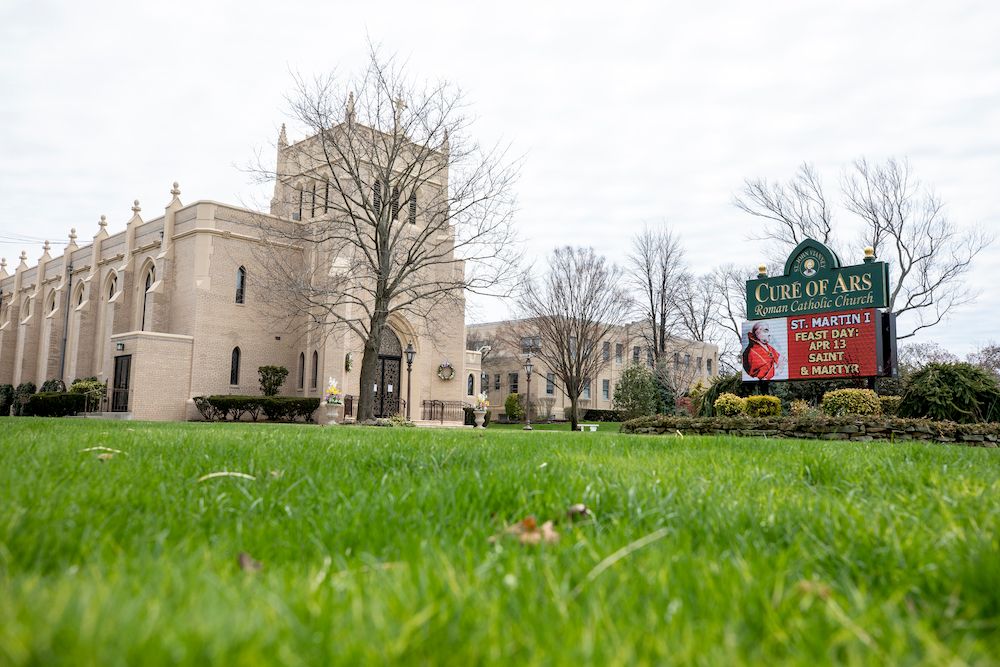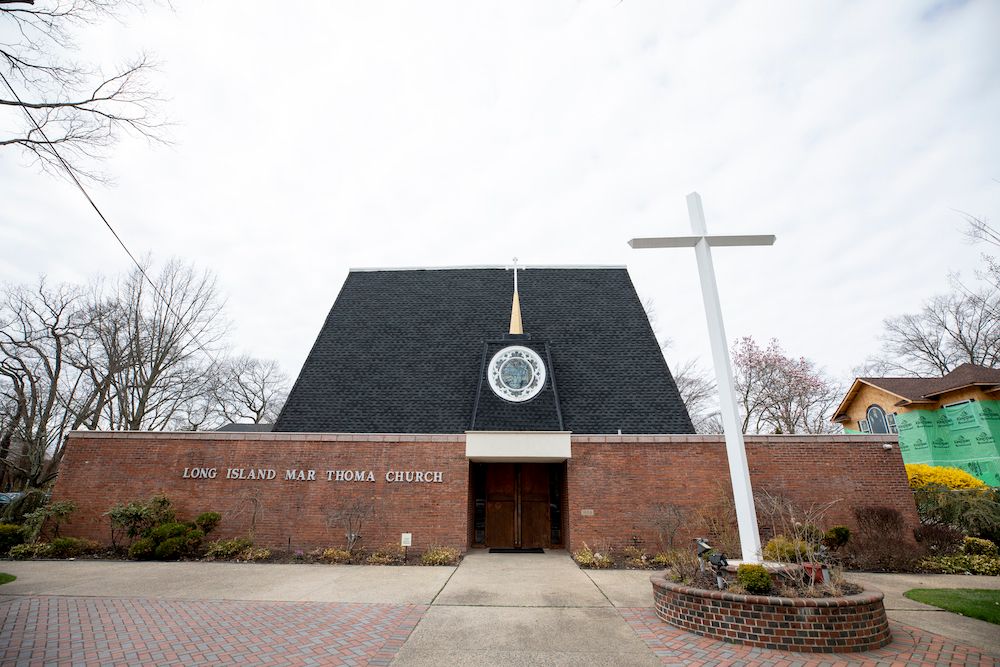Stability on a changing Long Island
Some real estate agents in Newsday’s tests sent listings in Merrick almost exclusively to white customers but not to matching minority home seekers.
For a relatively small place, Merrick has produced a lot of notable people, from Lindsay Lohan to Ben and Jerry of ice cream fame.
There is also Paul Krugman, the Nobel Prize-winning economist and New York Times columnist, and Amy Fisher, the “Long Island Lolita.”
The 1980s and ’90s pop idol Debbie Gibson is a native, along with fashion designer Michael Kors. “The Godfather” author Mario Puzo grew up in Merrick, as did Roone Arledge, former president of ABC Sports/News with its signature “ABC Wide World of Sports” show.
It is a place that a Vanity Fair writer once famously dissed, declaring in a piece on the troubled actress Lohan that “no one aspires to live in Merrick” and it is “easy to see why Lindsay would want to escape.”
Proud locals more than take exception, defending the community as a great place to raise a family, with top schools, a beautiful bayfront park, a 45-minute train ride to Manhattan and a five-minute drive to Jones Beach.
“What is so wonderful about Merrick and really so different about Merrick is that it continues to attract new generations of people who come to Merrick, I think, hoping that they are going to continue a tradition of a community that is harmonious to a large degree,” said Rabbi Charles Klein, longtime leader of the Merrick Jewish Centre.
His is one of four synagogues in the community of 22,000 people, a remarkable figure in a region where many synagogues are shutting their doors or merging with other temples.
Yet while residents describe it as harmonious, it is also largely homogenous. For decades Merrick has been a mostly white community. In 1980, it was 98.8 percent white. Now it is about 88 percent, according to 2017 U.S. Census data.
In Newsday’s paired testing of Long Island real estate agents, Merrick emerged as one of three communities, with Levittown and Rockville Centre, for which some agents sent listings almost exclusively to white customers but not to their matching minority home seekers.
“When I was in school” in the 1960s and ’70s, “it was lily white,” recalls Richard Kessel, the former consumer advocate-turned-head of LIPA, and a longtime Merrick resident. He said he could recall just one black student in his elementary school.
On the other side of the Meadowbrook Parkway – Merrick’s western border – are two heavily minority communities: Roosevelt, which is 54.7 percent black, 42 percent Hispanic and 1.4 percent white according to 2017 census figures, and Freeport, where Latinos made up 43 percent of the population, black people 29.6 percent and white people 24 percent.
Merrick does not blend much with those communities, according to some residents, but does so much more with its neighbor to the east, Bellmore, also a largely white community. Merrick and Bellmore are so intertwined, the bond has become institutionalized. Their school districts merge at the junior and senior high school levels, forming the Bellmore-Merrick Central High School District and combining students who attend three high schools.
Leaders such as Charles Rosenblum, president of Temple Beth Am on Merrick Avenue, said his synagogue welcomes people of any race, and they often come – to bar mitzvahs and other events. Some African Americans have even joined the synagogue as members, he said.
But when asked why Merrick remains so white, with two heavily minority communities next door, many residents have no clear answer.
Kessel, like others, speculated that perhaps housing prices in Merrick were too high for many minorities. The Multiple Listing Service of Long Island in November listed the median price of a home in Merrick as $580,000.
“Merrick was and still is pretty segregated,” he said. “I don’t think there is any question about that. Been that way for a long time.”
“The Meadowbrook Parkway was like a natural divide between Merrick and Freeport and Roosevelt to some extent, too.”
Residents do see some signs Merrick is becoming a little more diverse. The community is now about 2.6 percent black, 2.5 percent Asian and 6.4 percent Hispanic, according to 2017 Census data.
The 2019 senior class president at Wellington C. Mepham High School in Merrick, Gabriela Daza, is of Puerto Rican and Colombian descent.
Daza told a recent conference organized by the nonprofit ERASE Racism that Mepham has offered events and programs celebrating minority cultures, such as a Middle Eastern and South Asian Night. Mandarin was recently added as a foreign language course, and the school held an event highlighting the plight of refugees and warning of the dangers of Islamophobia.
Still, she said the school curriculum is “very Euro-centric” and that blacks, Hispanics, Middle Easterners and people from India often are lumped together by other students simply as “people of color.”
The main drag in Merrick, Merrick Avenue, includes some of the core institutions of the community. Near the corner of Sunrise Highway is the town’s main library, followed on Merrick Avenue by Cure of Ars Roman Catholic Church and two synagogues — Congregation Ohav Sholom and Temple Beth Am.
On the other side of the street is the Long Island Mar Thoma Church, a Christian church made up mainly of people of Indian descent who bought an Episcopal church in 1994. The groups draw its congregants mainly from outside Merrick, though a few live locally.

Cure of Ars Roman Catholic Church. Credit: Newsday/Yeong-Ung Yang

Long Island Mar Thoma Church. Credit: Newsday/Yeong-Ung Yang
Despite the preponderance of synagogues, Catholics still makes up a large percentage of Merrick’s population, according to community leaders, although official numbers of the religious breakdown were not available. There is another large parish in North Merrick, the Roman Catholic Church of the Sacred Heart, with several thousand congregants.
Merrick has a number of notable landmarks that give it local flavor.
Not far from the library is a community known as Merrick Gables. It is made up of Spanish-style stucco and red-tile-roof homes built in the 1920s and ’30s, when movie industry executives in California hoped to create a “Hollywood East” in New York, said Lawrence Garfinkel, president of the Historical Society of the Merricks.
The effort was led in part by William Fox, whose movie production company eventually became 20th Century Fox. The homes were to be offered to Hollywood stars, executives and technicians to make them feel like they were still back in California, Garfinkel said.
The project ended, however, during the Great Depression. Several hundred homes were built, and many still exist.
In recent years, Merrick Gables has served increasingly as a location for movie and TV scenes, including for the HBO miniseries “Mildred Pierce,” and an FX miniseries called “Fosse/Verdon.”
Farther north in Merrick is a neighborhood known as The Campgrounds. Starting in 1867, railroad man Charles Fox donated 60 acres to the Methodist movement to hold summer revivals that attracted thousands, Garfinkel said.
The campground was laid out in a circular fashion, with small bungalows built around a spot for a tabernacle, he said. Some later were turned into small homes. That earned the community another nickname: “Tiny Town.”
The revival thrived until about 1900. Several of the original homes still exist, along with a house reserved for the preacher. A main street near the area is called Camp Avenue.
For many residents today, the gem of Merrick is the Norman Levy Park and Preserve, created on the site of a former landfill near the Meadowbrook Parkway. It features the highest point on the South Shore, with views of the Manhattan skyline on a clear day. A 500-foot fishing pier juts into Merrick Bay, and rangers walk hungry goats around the park’s hiking and jogging trails to keep the grass, bushes and weeds from overgrowing.
